sci-fi documentary les matérialistes envisions a future circular economy in construction
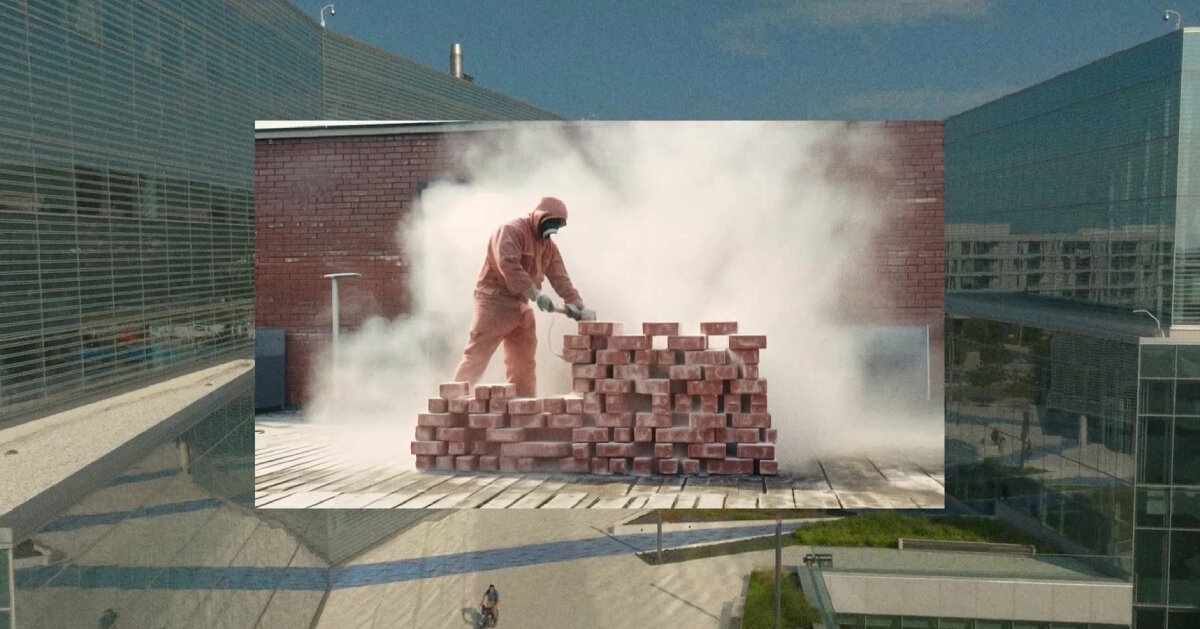

Les Matérialistes: A Film Bridging Sci-Fi and Documentary
Combining documentary and science fiction with foresight, co-creation, and animation design, Les Matérialistes transports us to 2050 to explore the future of the circular economy in construction. The short film conjures a practical utopia that is both ambitious and tangible, depicting future professions, the life cycle of materials, upcoming statistics, and actions at all levels.
Developed by Architecture Without Borders Quebec (AWBQ), Dark Matter Labs, Les Interstices, and RECYC-QUÉBEC, it aims to illuminate what is necessary and possible to achieve a transition to a truly circular economy and to shift our perspective on the real value of materials.
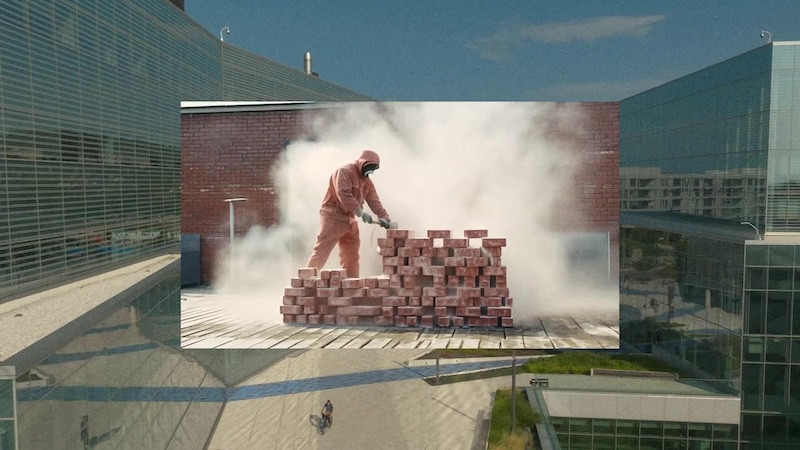
An Integrative, Participatory Approach
The construction industry is responsible for nearly a third of the waste sent to disposal each year. The design team questions: ‘What if we instead saw the city as a circular mine, where materials are continuously collected and repurposed?’ To define the scenario, the project partners adopted an integrative and participatory approach. They invited 25 stakeholders from the local and international ecosystem — such as heritage, urban planning, architecture, construction, institutions, real estate, culture, innovation, circular economy — to a futurism workshop based on a portrait of current challenges and observed global trends.
Les Matérialistes thus holistically integrates a vast number of perspectives. As opposed to presenting a lengthy and tedious written report of the findings, this unique co-production offers an engaging short fiction film. This approach aims to spark a broader conversation on the subject in a more captivating, visual, enjoyable, and impactful manner than traditional communication methods.
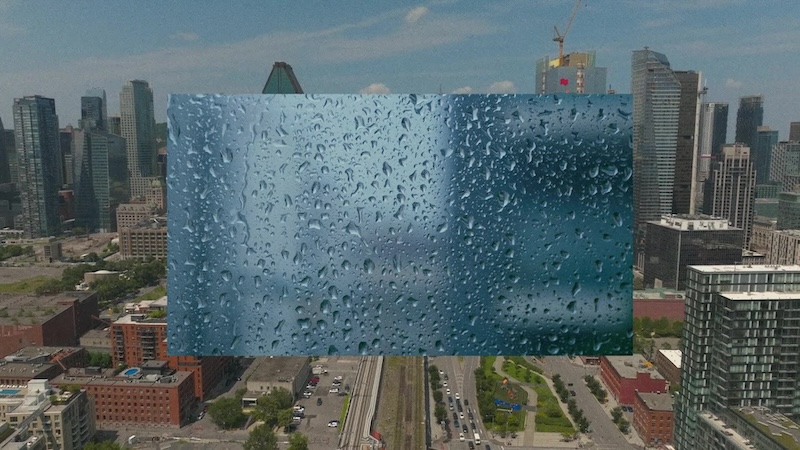
Provoking Collective Change for a Circular Economy
This project is also a call to action for the transformation of the materials economy across all categories, open to evolving beyond the Les Matérialistes project through an exhibition or a second iteration of the scenario that would integrate feedback.
Les Matérialistes is also intended to demonstrate new approaches to participatory futurism and hybrid practices to build collective future narratives. ‘As we find ourselves at a critical socio-ecological turning point in our history, it is essential to reinvent our ways of creating shared imaginaries to accelerate the movement of our societies,’ notes the design team.
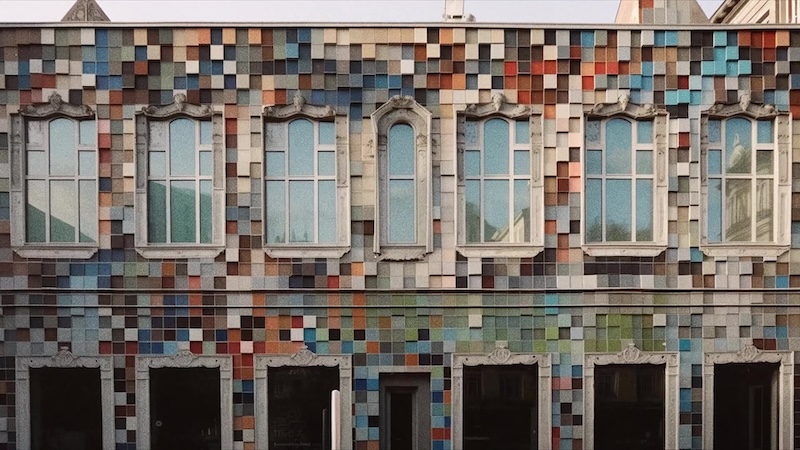
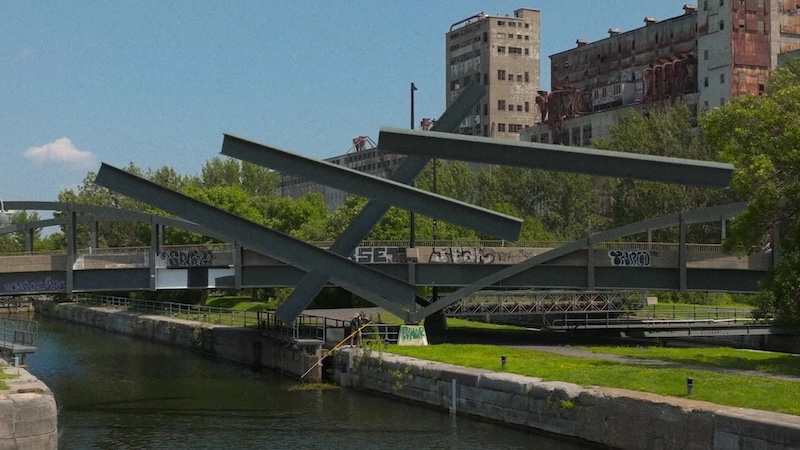
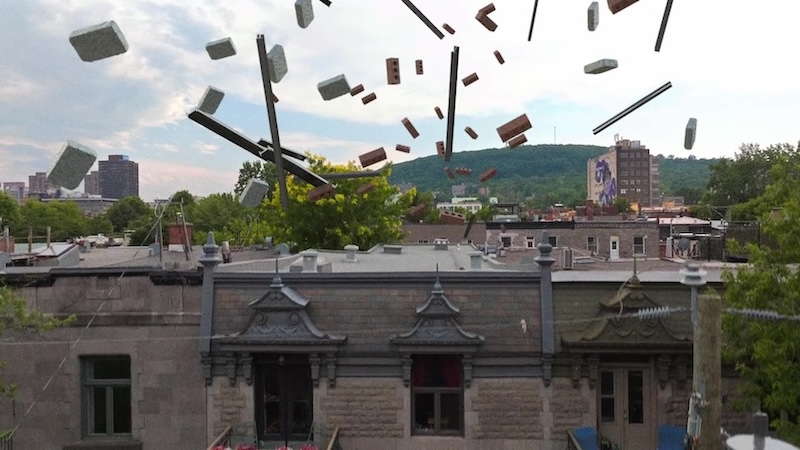
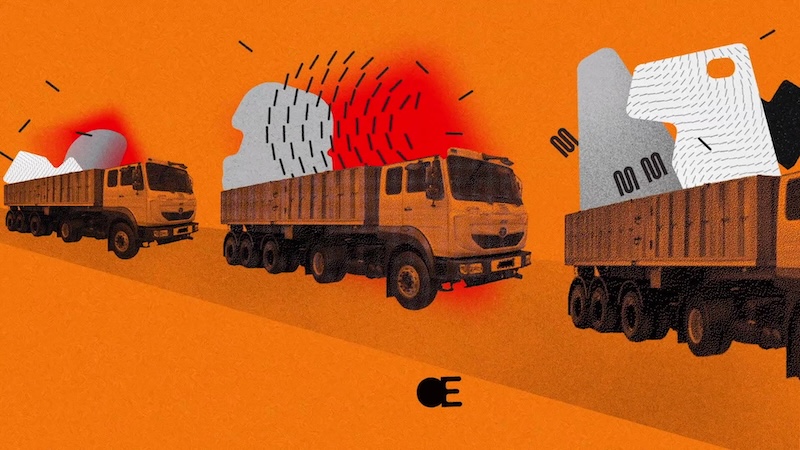
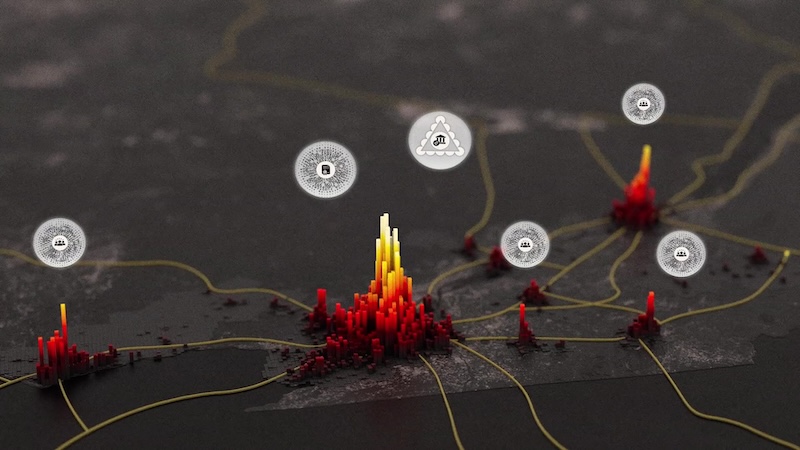
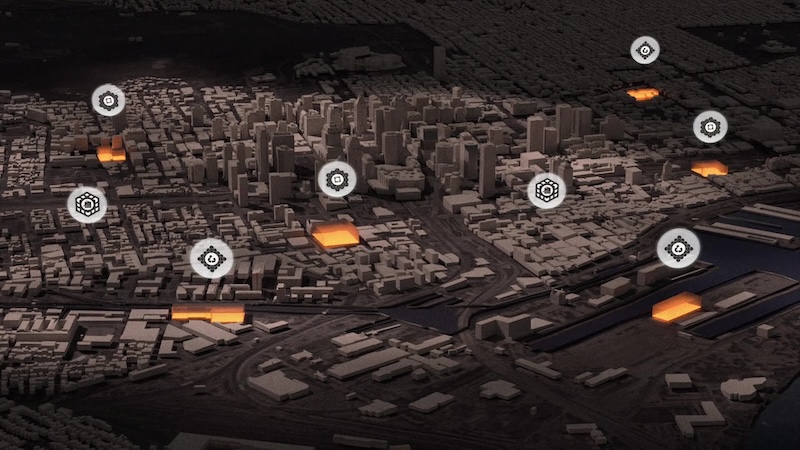
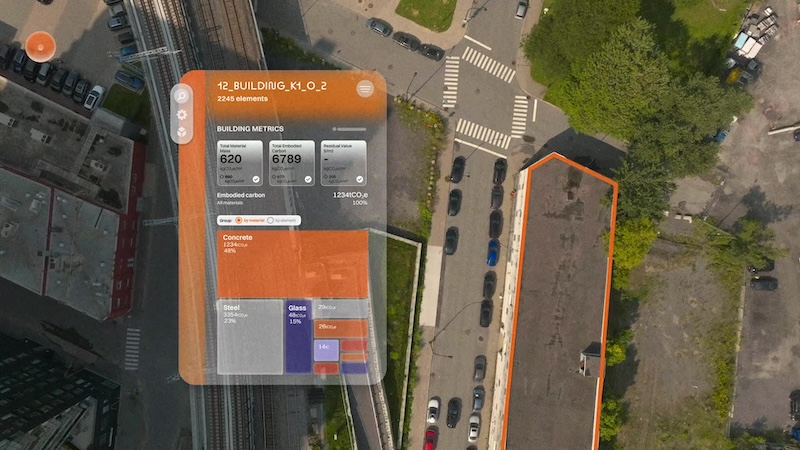
SDGs, Targets, and Indicators
| SDGs | Targets | Indicators |
|---|---|---|
| SDG 11: Sustainable Cities and Communities | Target 11.6: By 2030, reduce the adverse per capita environmental impact of cities, including by paying special attention to air quality and municipal and other waste management | – Waste disposal data for the construction industry – Statistics on the circular economy in construction |
| SDG 12: Responsible Consumption and Production | Target 12.2: By 2030, achieve the sustainable management and efficient use of natural resources | – Actions at all levels to achieve a transition to a circular economy – Life cycle analysis of materials |
| SDG 17: Partnerships for the Goals | Target 17.16: Enhance the Global Partnership for Sustainable Development | – Collaboration between Architecture Without Borders Quebec (AWBQ), Dark Matter Labs, Les Interstices, and RECYC-QUÉBEC – Engagement of stakeholders from various sectors in a futurism workshop |
1. Which SDGs are addressed or connected to the issues highlighted in the article?
SDG 11: Sustainable Cities and Communities
The article discusses the future of the circular economy in construction, which is directly related to creating sustainable cities and communities.
SDG 12: Responsible Consumption and Production
The article highlights the need for a transition to a circular economy and emphasizes the importance of sustainable management and efficient use of natural resources.
SDG 17: Partnerships for the Goals
The article mentions the collaboration between multiple organizations and the engagement of stakeholders from various sectors, which aligns with the goal of enhancing partnerships for sustainable development.
2. What specific targets under those SDGs can be identified based on the article’s content?
Target 11.6: By 2030, reduce the adverse per capita environmental impact of cities, including by paying special attention to air quality and municipal and other waste management.
The article addresses the issue of waste management in the construction industry, which contributes to the adverse environmental impact of cities. It suggests viewing the city as a circular mine and continuously collecting and repurposing materials to reduce waste disposal.
Target 12.2: By 2030, achieve the sustainable management and efficient use of natural resources.
The article emphasizes the need to shift to a circular economy and highlights actions at all levels to achieve this goal. It also mentions the life cycle of materials, indicating a focus on sustainable resource management.
Target 17.16: Enhance the Global Partnership for Sustainable Development.
The article showcases a collaborative effort between Architecture Without Borders Quebec (AWBQ), Dark Matter Labs, Les Interstices, and RECYC-QUÉBEC. It also mentions engaging stakeholders from various sectors in a futurism workshop, demonstrating a commitment to enhancing partnerships for sustainable development.
3. Are there any indicators mentioned or implied in the article that can be used to measure progress towards the identified targets?
The article mentions or implies several indicators that can be used to measure progress towards the identified targets:
– Waste disposal data for the construction industry: This indicator can be used to assess the reduction in waste sent to disposal and the improvement in waste management practices.
– Statistics on the circular economy in construction: These statistics can provide insights into the adoption and progress of circular economy principles in the construction industry.
– Actions at all levels to achieve a transition to a circular economy: Monitoring and evaluating the implementation of actions aimed at transitioning to a circular economy can indicate progress towards sustainable resource management.
– Life cycle analysis of materials: Conducting life cycle analyses of materials can help assess the efficiency and sustainability of resource use in construction.
4. Table: SDGs, Targets, and Indicators
| SDGs | Targets | Indicators |
|---|---|---|
| SDG 11: Sustainable Cities and Communities | Target 11.6: By 2030, reduce the adverse per capita environmental impact of cities, including by paying special attention to air quality and municipal and other waste management | – Waste disposal data for the construction industry – Statistics on the circular economy in construction |
| SDG 12: Responsible Consumption and Production | Target 12.2: By 2030, achieve the sustainable management and efficient use of natural resources | – Actions at all levels to achieve a transition to a circular economy – Life cycle analysis of materials |
| SDG 17: Partnerships for the Goals | Target 17.16: Enhance the Global Partnership for Sustainable Development | – Collaboration between Architecture Without Borders Quebec (AWBQ), Dark Matter Labs, Les Interstices, and RECYC-QUÉBEC – Engagement of stakeholders from various sectors in a futurism workshop |
Source: designboom.com








